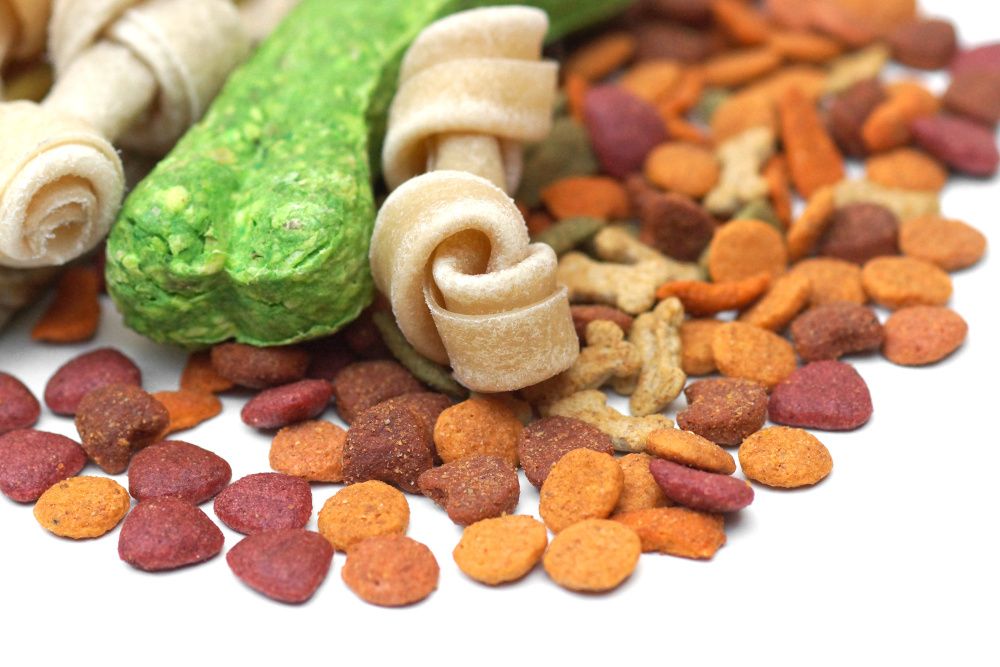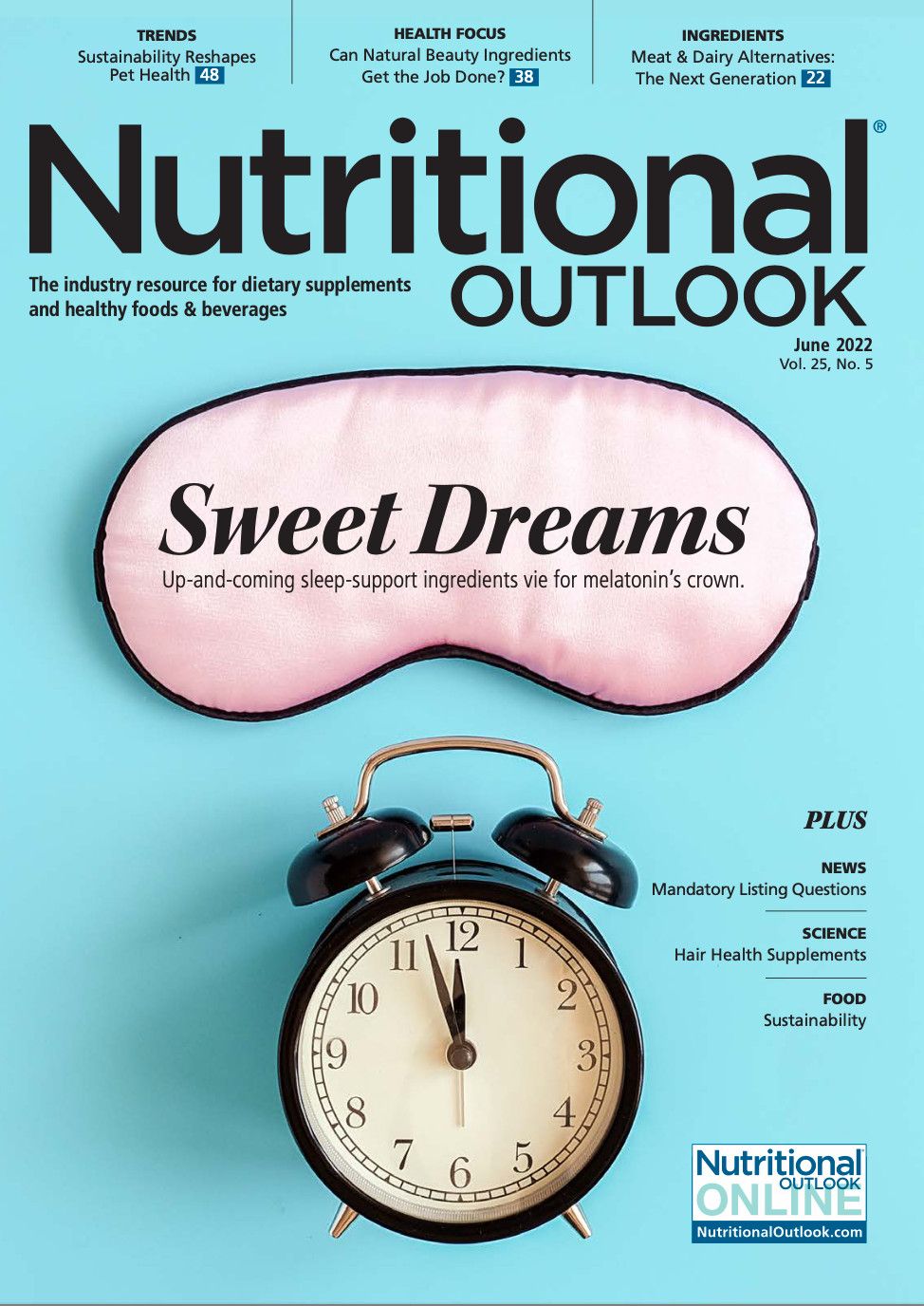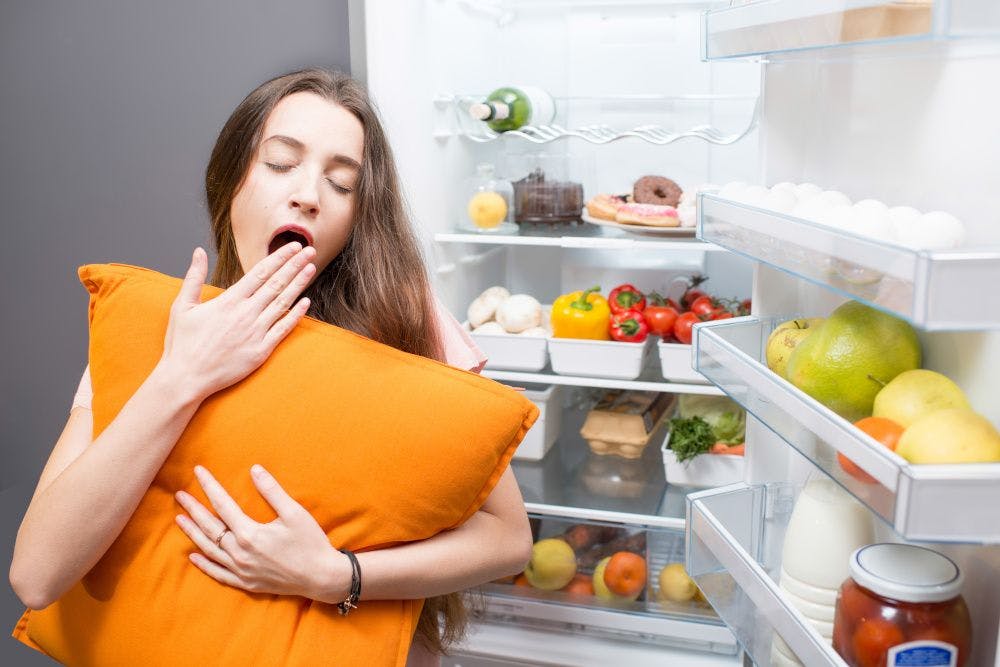Sustainability has long been a consumer-led initiative, and the pet health market is no exception. Consumers are increasingly demonstrating high awareness of the social impact of the goods they buy and are opting for more eco-friendly and ethically sourced products. As demographics shift and Millennials displace Baby Boomers as the nation’s largest consumer group, younger consumers’ values of sustainability and socially conscious capitalism are driving innovation in companion animal products.
Data from Kantar show that during the first year of the COVID-19 pandemic, 59% of all global consumers were taking at least some kind of action to reduce their ecological footprint.1 Meanwhile, one OpenText survey of 25,000 consumers in 12 countries found that over 80% of consumers said it is important to buy ethically produced products—and almost 20% of respondents only came to hold that belief during the COVID-19 pandemic.2
As consumers vote with their dollars and prioritize socially conscious, sustainable products, pet health brands will be forced to choose whether to become sustainability leaders, followers, or laggards. Here are some of the ways pet health ingredient suppliers are giving brands a new range of sustainable ingredient tools.
Complete Nutrition from Non-Meat Products
The desire for sustainable pet food has given rise to a variety of plant-based products. Plant-based claims are one of the ways brands are appealing to sustainability-conscious shoppers, says Maygane Ronsmans, product manager for animal nutrition, Beneo (Parsippany, NJ). Ronsmans cites the results of a Beneo survey of dog and cat owners across the globe: “Pet food trends continue to mirror those in human nutrition, and sustainability and plant-based origin are of increasing importance. More than half of pet owners are now paying attention to sustainability and the carbon footprint of their pets’ food, and this trend is even more pronounced in animal nutrition [supplements].”
As plant-based pet foods and pet health ingredients gain popularity, formulators are paying special attention to the nutrients involved in formulations and the unique nutritional needs of animals at every life stage. Ronsmans says it is quite common for pet health and pet food ingredients, plant-based or not, to lack certain essential nutrients. That’s why blends are becoming so popular.
“A great example is the combination of rice protein, which contains limited lysine, with faba protein concentrate,” Ronsmans explains. “Faba is a legume protein with higher lysine content, so [together] they fulfill the minimum requirement for this amino acid. Brands also often add vitamin or mineral premixes to their formulations, along with other ingredients like synthetic amino acids, to complement the formula.”
While plant-based protein sources are one way suppliers are moving away from meat, there is also a growing trend of cell-based solutions. Novel protein solutions like plant-based meat alternatives and cell-cultured meat are on a fast growth trajectory, says Patrick Luchsinger, marketing manager of nutrition and pet food for Ingredion (Westchester, IL). With consumers increasingly open to these alternatives for their pets, Luchsinger says suppliers are continuing to innovate by improving the taste profile and sensory experience of plant-based and cell-based meat alternatives.
Cell-Based Meats: The Future of Pet Protein?
Traditionally raised meat is carbon intensive. One study found that raising a single kilogram of beef produces 23 kilograms of carbon dioxide.3 Now, meat’s carbon footprint is prompting pet health brands to turn to an innovative new protein source: cell-based meat. In September 2021, Mark Cuban–backed dog food company Wild Earth secured $23 million in Series A Plus funds to finance the development of meat derived from cell cultures.4 Several other brands like Because Animals and Upside Foods are also pursuing cell-cultured pet food, making this an area to watch.
“At Ingredion, we’ve seen an increased interest not only in our pea and lentil proteins but also in our collaboration with The Every Company. Formerly Clara Foods, The Every Company provides nature-identical proteins via fermentation technology,” he says.
The Every Company (San Francisco) launched the world’s first non-animal egg protein product in 2021. Produced by inserting the DNA sequence of specific animal proteins into a yeast medium and inducing fermentation, The Every Company’s proteins are functionally equivalent to animal protein, but with no animal ingredients.
Luchsinger says the future of protein for both animal and human applications is, in fact, in plant-based and cell-derived ‘meat.’ “Consumers are starting to realize that meat production accounts for a high percentage of global warming gases like nitrous oxide,” Luchsinger explains. “Meat production also consumes a large amount of water. Some consumers have started looking for alternative protein sources that have a low impact on the climate and on water consumption.”
Supply Chains Reduce Eco Footprint
Sustainability is an all-encompassing principle that permeates not just the ingredients themselves but also their supply chain. While sourcing plant-based ingredients is one means of reducing carbon emissions, pet health suppliers are taking steps to improve sustainability across the entire global chain. For instance, suppliers are increasingly incorporating clean-label principles like transparency and traceability into their operations, says Amanda Mackinnon, marketing and communications manager, Marinova (Cambridge, Australia).
“Consumer expectations for transparency have grown rapidly in recent years,” Mackinnon says. “Not only are consumers conscious of their own environmental impact but also the environmental impact of their pets. The burgeoning consumer demand for natural health products that are ethically and sustainably sourced is showing up in the pet health market.”
Krill Ingredients Promote Sustainable Fishing
Krill is rapidly growing in popularity as a pet health supplement thanks to its high concentrations of omega-3s, protein, and astaxanthin. But with overfishing in the Antarctic endangering the marine ecosystem, ensuring the long-term viability of the Antarctic krill population is paramount. That’s why krill ingredients supplier Aker BioMarine (Oslo, Norway) implemented a multipronged sustainability strategy built on catch quotas, technology that reduces bycatch, and third party–audited traceability initiatives.
Pet health brands are supporting consumer demand by sourcing ingredients from clean-label suppliers, Mackinnon notes. Rather than using highly processed and commoditized ingredients, brands are increasingly partnering with suppliers that can demonstrate sustainable practices.
Moreover, more suppliers are reimagining their processes to reduce their environmental impact. “Manufacturers of fucoidan have traditionally used solvents to precipitate the fucoidan polymer from crude seaweed extracts,” Mackinnon says. “This can lead to contaminants in the final extract. Fucoidans manufactured in this way suffer many shortfalls, such as inconsistency in quality, compromised chemical integrity, and reduced bioactivity.”
Marinova has committed to a solvent-free extraction process that produces unadulterated fucoidan. However, Marinova’s sustainability initiatives also go much further; the company is committed to improving sustainability across the entire supply chain. Mackinnon notes that the company only sources wild macroalgae from clean ocean water using sustainable harvesting practices. Marinova deliberately avoids areas of ocean water that have been extensively farmed or contaminated by human or industrial activity. All of the company’s seaweed residues are repurposed into horticultural products, which keeps them out of landfills, she says.
Sustainability also starts on the farm, points out Gustavo Zenaide, vice president of pet and animal wellbeing at ADM (Chicago). ADM works with its global network of suppliers to incorporate sustainability practices in ingredient sourcing, from water conservation to greenhouse gas emission reductions and more. Zenaide says ADM’s Strive 35 plan is guiding the company in its efforts to improve energy efficiency, recycle water, find alternative uses for waste byproducts, and sequester carbon emissions. Under the Strive 35 plan, by the year 2035 ADM aims to cut its greenhouse gas emissions by 25%, reduce energy intensity by 15%, slash water usage by 10%, and achieve a 90% landfill diversion rate.
Brands Invest in Renewable Energy, Carbon Offsets
Some pet health brands have committed to reducing their carbon footprint in bold ways. Pet food brand FreshPet exclusively relies on wind turbines to power its facilities, and rainwater for irrigation. The brand reuses or recycles nearly all of its waste byproducts, and when FreshPet can’t accomplish something in a carbon-neutral way, the brand purchases carbon offset credits to compensate for its carbon emissions.
Beyond its internal initiatives, ADM is leveraging its capital to invest in sustainability-leading companies. In September 2021, ADM finalized an agreement to purchase a controlling ownership stake in PetDine (Fort Collins, CO). “The PetDine group of companies has shown a strong commitment to improving sustainable practices within their business,” Zenaide explains. “In 2020, PetDine announced that their production facility in Harvard, IL, is powered with solar power, with a capacity to offset approximately 1,500 tons of greenhouse gas emissions annually.”
Clean Labels and Natural Flavors Grow
Consumers are also opting for pet foods and pet health products that have fewer, simpler ingredients, as well as natural flavors. After all, human nutrition trends are more frequently influencing the pet nutrition market, particularly as more consumers view pets as a member of the family, Zenaide says. That means growing interest in claims of “all natural,” “plant based,” “organic,” and “non-GMO.”
Pet parents are also looking for more natural flavors that appeal to picky pets, create a sense of novelty, or offer a sense of familiarity. Flavors like pumpkin spice, blueberry, and roast turkey can help healthy pet foods to command a premium, Zenaide notes.
Consumers are increasingly calling on brands to make it easier to track pet food ingredients, too, Beneo’s Ronsmans says. Research conducted by Beneo shows that a majority of pet owners expect their pet’s food to be human-quality, which is why the demand for natural, healthy, clean-label ingredients is growing.
“Pet owners want understandable labels,” Ronsmans says. “They also want ingredients that are nonallergenic and health promoting. Consumer interest in all things clean label is driving demand for more ethically sourced products. Consumers want to see more sustainability information on pet food packaging.”
Beneo recently increased energy efficiency in its factories and is investing in technologies that can harvest more raw material, thereby reducing waste, Ronsmans says. Beneo also recently invested 50 million Euros in a new pulse processing site in Germany, which helps to reduce carbon emissions at the farm level.
Consumers Dial Up the Scrutiny
Pet parents are more eco-conscious than ever, and they’re willing to spend more money on pet foods and pet health products that can meet their high expectations. Clean-label formulations, plant-based and whole-food ingredients, and supply chain transparency are some of the dominant human nutrition market trends that have found their way into the pet health space.
As more consumers start to consider the sustainability implications of their buying habits and reduce their carbon footprints, demand for sustainably sourced pet food and pet ingredients will only grow.
References
- Kantar report. “Who Cares, Who Does?” Published September 2020.
- Press release. “OpenText Survey Shows Increase in Demand for Ethically Sourced Goods.” Posted September 29, 2021.
- Rotz CA et al. “Environmental footprints of beef cattle production in the United States.” Agricultural Systems, vol. 169 (February 2019): 1-13
- Thomas I. “Mark Cuban Invests in Plant-Based Protein Company, but It’s Not for Humans.” CNBC. Published online September 12 2021.





















